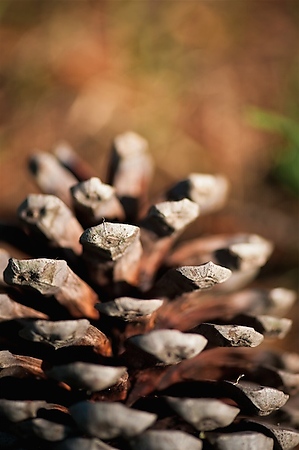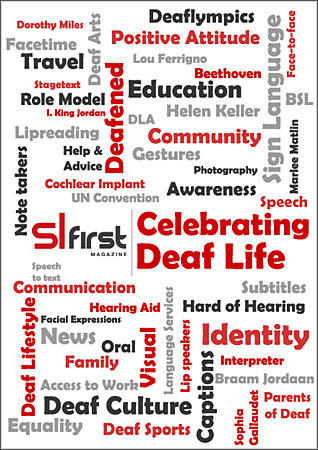Art & Photography15th August 2014
Hints and Tips for Autumn Photography
With more people than ever before carrying a camera around with them, Natasha gives some useful hints and tips for Autumn photography
 Autumn is a fantastic time of year for getting outside with the camera. As the leaves turn we find an amazing palette of colours to work with, from reds and oranges to rich browns. It is also the time of year where we see stunning sunsets, dewdrops on the undergrowth and mist hanging in the fresh morning air.
Autumn is a fantastic time of year for getting outside with the camera. As the leaves turn we find an amazing palette of colours to work with, from reds and oranges to rich browns. It is also the time of year where we see stunning sunsets, dewdrops on the undergrowth and mist hanging in the fresh morning air.
There is so much material to work with, whether you are a seasoned photographer or picking up a camera for the first time. Traditionally, people think of landscape scenes full of fiery looking trees and deeply coloured heather but autumn also offers us a wonderful backdrop for people and pet portraits, and interesting material for close up or abstract photography.
Landscape

One of the difficulties with landscape photography is to work out what part of the scene you want to focus on. It often all looks so beautiful that you want to fit it all in but then it isn’t clear where to look or what the main subject of the image is. Look for contrast in colours, textures and where the light falls and try to pick a feature that you want the viewer to notice. Maybe there is a stunning tree or a pretty cottage that makes the scene stand out. Try composing your image using the rule of thirds to divide up the frame in to thirds, both horizontally and vertically, see illustration (thirds).

It is best to place your horizon on one of the two vertical lines and not bang in the centre, which can make an image feel static. The points at which the lines cross are known as sweet spots in the image. Placing key objects here helps them to stand out in the image. Use features like roads, streams or fences to provide lines that lead the eye into and across the image.
Macro


 Close up, or macro photography is all about the detail. Look for shapes and patterns, find a fresh perspective on everyday objects. September spiders and their webs, the veins on leaves, mushrooms growing on old trees, glossy berries in the bushes and frost on the ground as winter draws closer, all provide fascinating subjects for getting up close to nature.
Close up, or macro photography is all about the detail. Look for shapes and patterns, find a fresh perspective on everyday objects. September spiders and their webs, the veins on leaves, mushrooms growing on old trees, glossy berries in the bushes and frost on the ground as winter draws closer, all provide fascinating subjects for getting up close to nature.
Portraits
Being all bundled up in bright coats and wellies and running through fallen leaves will produce great shots of children.

Whilst they play, look for unusual angles that show children having fun, throwing leaves, playing with conkers and make the most of the lovely tones for background colours and textures. If you don’t have any children to model for you, try friends and family or see if you can get your pets to sit still for a photo!
We are lucky to have amazing landscapes and coastal areas but you don’t have to travel far to get autumn photos. A local park, or your own garden would do the job just as well. If you can travel further, you can visit national parks, coastlines, lakes and heritage sites.
If you have a lens hood for your camera, always use it. It helps keep sun glare off the lens and also provides some protection from rain splashing onto the lens. You can also use the lens hood to help secure a plastic bag around the lens barrel and the camera body in case of a sudden downpour of rain. If you use a compact camera, it is just as important to keep the lens clear of dust, raindrops and fingerprints which would spoil your images. Photography can become an expensive hobby, forever accumulating new lenses, filters, cameras and other kit. Work with what you do have, even if it is just an iPhone. It isn’t the camera that takes a great shot, it is you.


Tips for autumn photography:
1. Make use of the ‘golden hour’: This is the first hour after sunrise and the hour before sunset where the angle and colour of light from the sun is at its most beautiful.
 2. Compose with ‘rule of thirds’ and ‘leading lines’: draw the viewer’s eye into and across an image, and compose the image in a way that is pleasing to the eye. Avoid placing your subject of interest right in the centre.
2. Compose with ‘rule of thirds’ and ‘leading lines’: draw the viewer’s eye into and across an image, and compose the image in a way that is pleasing to the eye. Avoid placing your subject of interest right in the centre.
3. Use appropriate ‘depth of field’ for the subject: Depth of field is how much of the image is in focus. Shallow depth of field is used for portraits where the background is blurred out or for artistic close-up photography. Large depth of field is for landscapes to keep as much of the scene in focus from near to far. If you don’t have a DSLR camera, your compact camera or phone may have settings for different types of photography such as portrait, landscape and macro. Learn as much as you can about how you can change settings on your camera and have a go at putting it into practice.
Or, just throw away the rule book and take the photos that make you happy. Enjoy the experience of soaking up the fresh air and the beauty of autumn!
Article by Natasha Hirst, Photographer and Deaf Life Writer
posted in Entertainment / Art & Photography
15th August 2014





